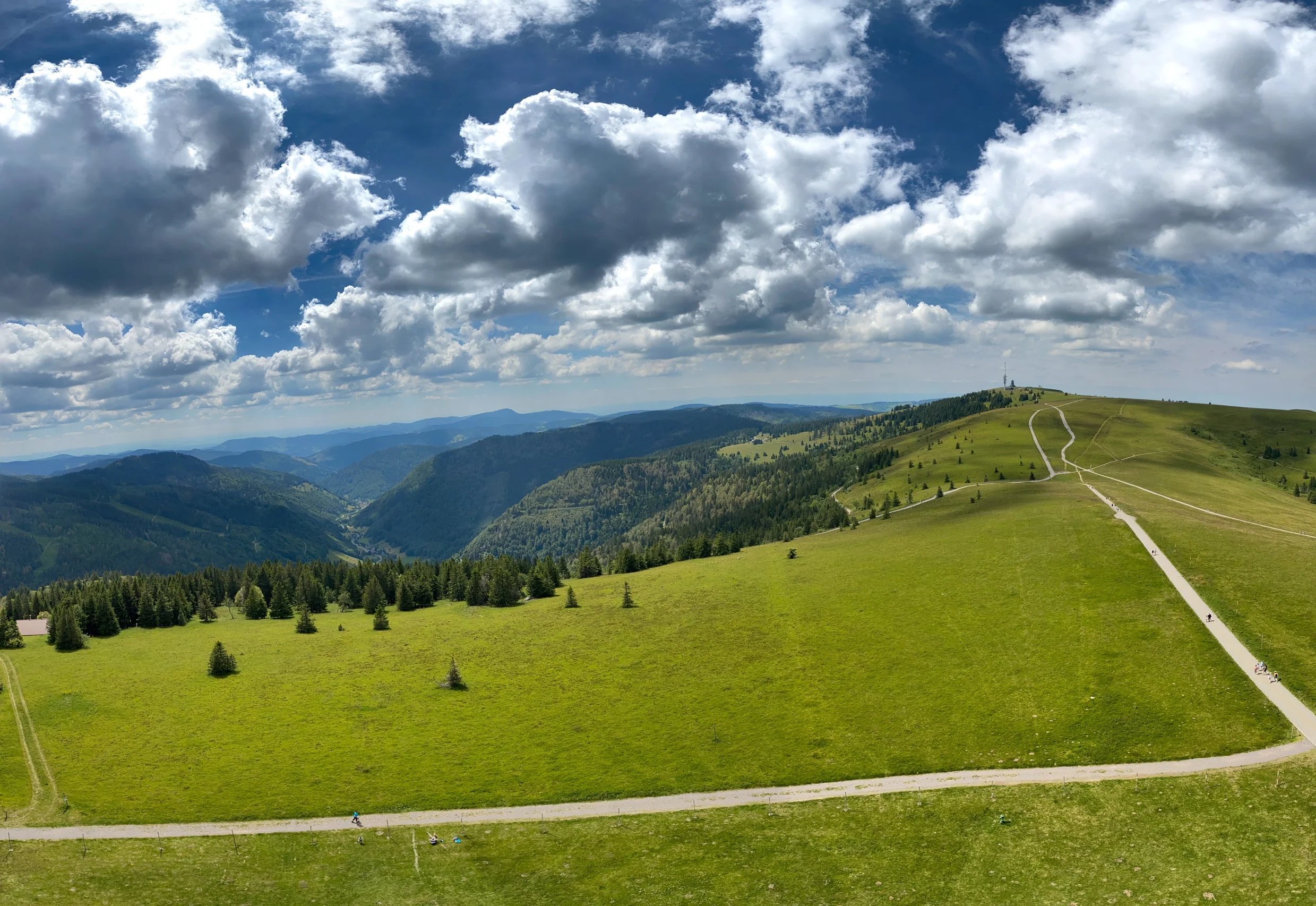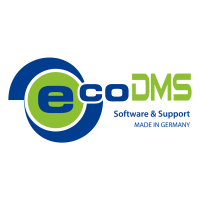Document archive and paperless office
I have to admit that I was a little surprised when I looked at how long I have been using a document management system. It's actually been 10 years. I had been on the lookout for such a solution from time to time in view of the numerous paper documents that I wanted to digitize in order to relieve myself of paperwork. Finally I came across ecoDMS. A software that was unknown to me until then and which I (fortunately) gave a chance.
In the meantime, I (as a private individual) have archived well over 9000 documents. Everything from small purchase receipts to be kept for warranty purposes to important contract documents have ended up in this archive. Magazines and even specialist books are also stored in the archive. With very few exceptions, I no longer keep paper. Everything I receive is digitized and then destroyed.
ecoDMS is closed source. That's a shame, but it's a decision made by the manufacturer. ecoDMS is not free. But it is very affordable. Compared to the prices charged by other manufacturers, ecoDMS is probably the only interesting alternative for private individuals for users with professional requirements.
The document management software has earned its name. Because it is a complete solution that covers everything from incoming documents to audit-compliant data archiving and the scheduled deletion of content.
Host system
The server itself can be operated on a Windows or Linux host. I have had both over the years and can't point out any disadvantages for one or the other. Due to my structures, however, I have been running an Ubuntu server for years, which serves as a host for ecoDMS and performs this task without interruption or disruption.
Incoming documents
There are several options for incoming documents. First, it is possible to retrieve and process classically scanned documents directly from the server via an SMB share. During processing, content is determined using OCR and the documents are made searchable. ecoDMS offers good full-text indexing so that any text part can be searched for in the subsequent database. The pre-processed documents can then be classified in the client and transferred to the archive.
It is also possible to retrieve documents directly into the archive via the client program or alternatively to transfer them directly into the archive via interfaces.
There are add-ons for Microsoft Office and LibreOffice so that documents can be transferred to the archive or updated directly from the user programs. The same applies to Outlook and Thunderbird as e-mail programs.
In cases where the aforementioned options are not yet sufficient, a virtual printer can also be used to transfer content directly to the archive.
In addition to the original file, all transferred content is also prepared as PDF/A and therefore fulfills all verification requirements with regard to change documentation.
ecoDMS also supports Windows, Linux and MacOS on the user and client side and should therefore stand out from the crowd. The possibility of having Linux as a client operating system also persuaded me to use this software.
Data management
Data storage is revision-compliant. This means that every change can be tracked, as all versions of a document are stored. This is an important feature for the German tax authorities, which makes this software a serious solution that is of interest to anyone thinking about replacement scanning. Ultimately, it is not possible to delete a document from the system in such a way that it is not possible to recognize that something has been done. Once a document is in the system, it can be deleted again, but at least one entry remains after deletion that indicates that this document was present and the history of changes is and remains visible.
Backups
Backups can be created automatically by the system. Configuration is conveniently carried out via the client user interface. If the settings are not sufficient, more individual scenarios can also be implemented via cronjobs.
User rights
User rights can be set individually via user and group rights. This applies both to the functional options and to access to documents.
License model
The license model is based on simultaneous connections. A program running in the background is required for the connection, which establishes the connection to the server. The connections are counted and thus limited. There is the Free4Three version, where everything remains free of charge for three simultaneous connections. However, the software then does not have the full range of functions. In principle, this could also be described as a community version. There is also the full version, which is interesting for private individuals and includes ecoMailz (e-mail archiving) and ecoWorkz (notification/release functions and automated retrieval from specific folders). Unfortunately, a maximum of two connections are possible in this version. I think this is a bit of a shame, as in times of increasing digitalization, more than two simultaneous connections may be possible in a family household. Four simultaneous connections would have made perfect sense. Unfortunately, it is not possible to purchase additional licenses for additional (more than two) connections in this version. Basically, a license is purchased for each simultaneous connection. This means that the product itself is easily scalable. Business users pay a little more and have the option of more than two simultaneous connections.
Webapp and sharing receipts
It is possible to share receipts via a web link. Share via the link. To access the system and retrieve shared documents, ecoDMS uses a reverse proxy that establishes the connection to the server. The token for this connection is regenerated when the server is restarted so that the server is (unfortunately) never accessible via the same address. Although this is certainly also a security aspect, it is a problem especially when sharing documents, as all shared links can become invalid at once. Documents can be uploaded, managed and downloaded via the web app. Compared to the desktop client, however, the range of functions is smaller and editing is more complicated. The manufacturer is currently working on a new version. We can look forward to it.
Exports
Documents can be downloaded using the desktop client or attached directly to an e-mail. In addition to the PDF/A versions of the documents, all available individual versions or original files can also be opened, shared or sent. So you have complete freedom here.
AddOns
As already mentioned, ecoMailz and ecoWorkz are two add-ons that are also relevant for private individuals and small companies. On the one hand, emails can be archived in a revision-compliant manner and on the other hand, a certain process can be defined for documents. I have purchased both add-ons. Incoming emails from various email addresses are archived and incoming digital documents are automatically retrieved and saved from email accounts and specific folders. This is how I have partially automated our incoming documents.
Conclusion
In this article, I have given you a brief insight into this software that only covers the essentials. It has been with me reliably and satisfactorily for 10 years now. The support is not free, but that is (to be honest) not to be expected. I am glad that this product is available for private individuals and that a fair price is set for it. I wouldn't want to do without ecoDMS anymore and even though I keep looking for alternatives because I'm basically interested in it, I have to say that I haven't found anything comparable on the market yet. I will continue to use it and hope that the manufacturer will continue to think about the numerous private users with whom the product once grew up when developing the product and setting license fees. Anyone who is unsure about ecoDMS should try it out for themselves. You can easily install the program on the same computer from which you work. Server and client do not have to be on separate machines. If you use a NAS at home, you can also run the server as a Docker application on this device. Getting started is therefore easy. Thanks to the manufacturer's detailed documentation, which is of course available in German (available as a PDF manual on the manufacturer's website), installation and operation are no problem.

